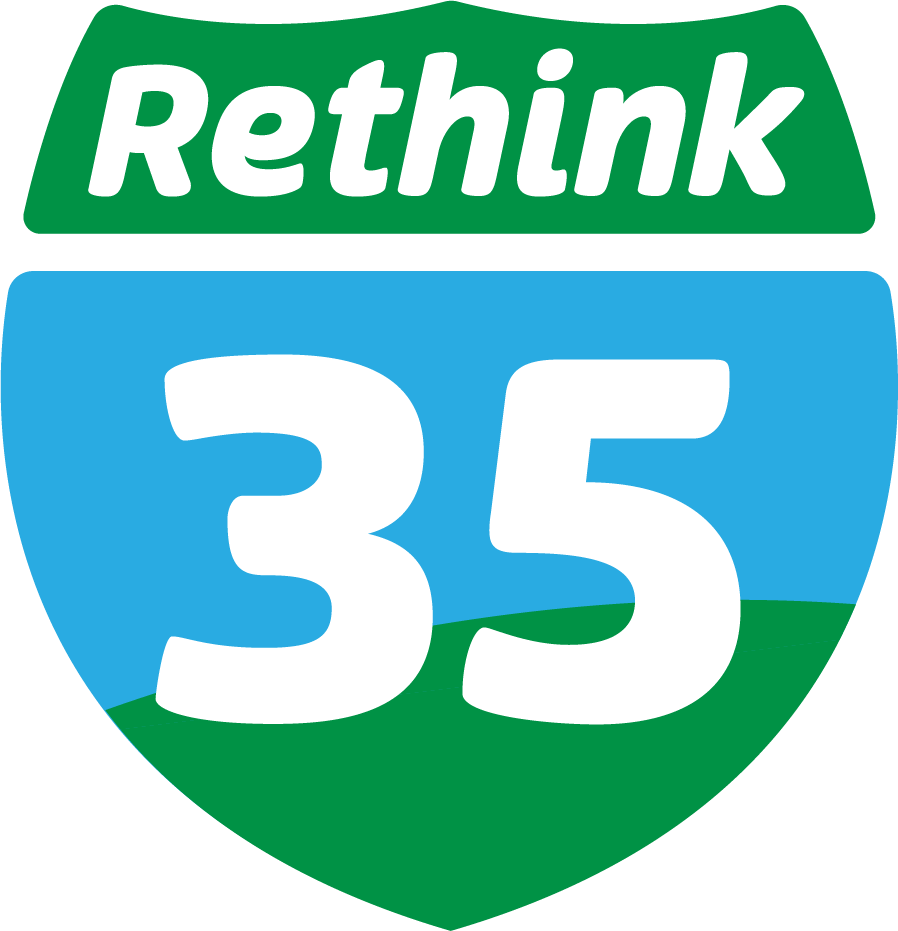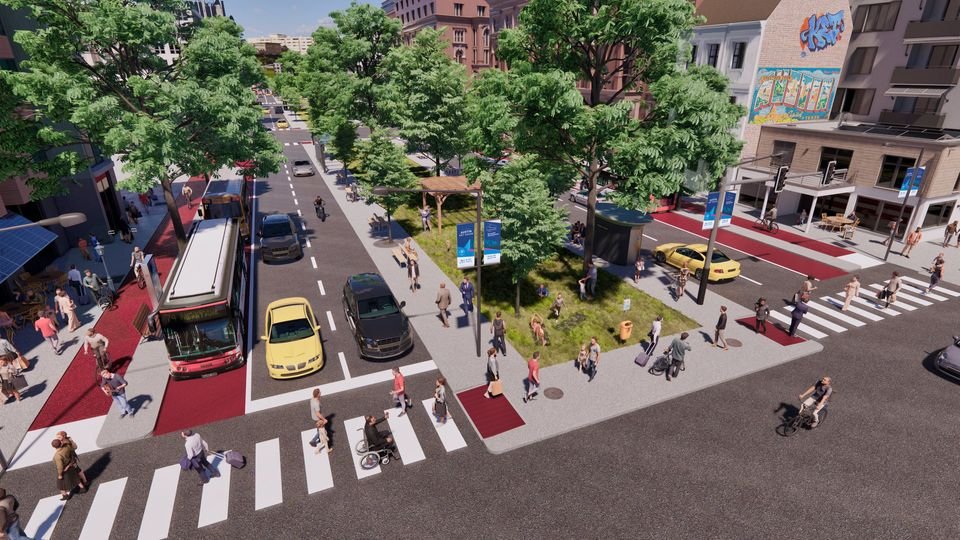
The Expansion Plan
Why wider
Won’t Work
TxDOT’s
i-35 expansion would further divide us
Despite I-35’s historic role in dividing Austin and deepening the city's racial and socioeconomic divide, the Texas Department of Transportation (TxDOT) wants to spend over $6 BILLION expanding I-35 through Austin to up to 22 lanes wide.
To cover small isolated sections of the expanded I-35 with “caps”, TxDOT is forcing Austin to raise more than $800 million, making taxpayers cover up TxDOT’s mess.
the expansion plans
TxDOT has broken down their I-35 expansion for Austin into three separate "projects": the Capital Express North, Central, and South projects.
central
US 290N to Ben White Blvd.
8 miles
Cost: $4.9 billion
Anticipated construction start: Summer 2024

Effects of Expansion
Here’s why the state’s I-35 plans will worsen congestion, health, and Austin’s economy —
It is now common knowledge that widening highways actually worsens road congestion, including this piece from the New York Times.
01/
Makes your terrible commute even worse 😈
Highway expansions do not decrease road congestion - they actually make it worse, via a process called induced demand. As soon as you give more space for more people to drive, more people drive, and the highway just fills back up again.
We’ve seen this happen plenty of times before: when Houston expanded the Katy Freeway, commute times went up 55%.
I-35 expansion would be under construction for at least 6-8 years - and that’s if it stays on-schedule.
When Houston’s Katy Freeway (pictured) was widened to 23 lanes, evening commute times increased by an additional 19 minutes.
02/
Harms kids’ health
(and your own)
By TxDOT’s own estimates, expanding the highway will increase the number of cars driving through Austin from 200,000 a day to 330,000 - that’s a 59% increase
More cars means more air pollution, which is especially harmful for the almost 80 schools, preschools, and children’s hospitals near I-35, where children are much more likely to develop childhood asthma.
Automobile air pollution also causes lung cancer and cardiovascular and respiratory diseases. This is true even for electric cars, which emit more particulate matter (mainly through tire wear) than traditional cars.
Traffic on Texas’ roads are responsible for almost .5% of carbon emissions worldwide. Source: TxDOT, 2017
03/
Worsens carbon emissions & pollution
The proposed expansion of I-35 through Austin would result in an increase in carbon dioxide emissions of 1.2 to 2.6 million metric tons by 2050, the equivalent of a small coal fired power plant - even when accounting for the projected increase in electric vehicles.
The City of Austin’s goal of net-zero greenhouse gas emissions by 2040 will certainly go unmet if this highway is expanded. International Panel on Climate Change has stated that cities must move away from car-dependent infrastructure to tackle climate change. Highway infrastructure is explicitly mentioned in the report.
Texas roadways currently make up .48% of global emissions. Opposing the state’s eternal road-widening agenda is crucial for climate justice.
Escuelita del Alma is one of the 100 properties set to be demolished and replaced with asphalt.
04/
Bulldozes homes, businesses, and schools
Expansion would displace over 100 businesses and homes
84% of the people and businesses displaced by the expansion are in poor and/or minority neighborhoods, according to TxDOT (FEIS, Appendix J)
In addition to displacing businesses, the construction would disrupt businesses along the corridor for years, including many facilities providing essential services like healthcare and homelessness resources
Acres and acres of potential homes, workplaces, or parks are being used only for car traffic.
05/
Wastes opportunities to use valuable land
Highways are a very inefficient use of urban land: a cancelled highway expansion plan in Washington, DC was calculated to have saved the city $6.8 billion in taxable land value.
I-35 Construction would also disrupt important public amenities, with TxDOT intending to seize parts of Waller Beach Park, restricting access to parts of Lady Bird Lake, and closing sections of the Hike and Bike Trail for six years.
I-35 was used to segregate Austin from the start — note the “redlined” neighborhoods east of 35.
06/
Reinforces racial injustices of the past
I-35 has long served as a barrier between primarily white downtown and primarily Black/Latinx East Austin
By reinforcing this barrier, we will only further divide our city and remove the resources in central Austin from those who need it most
—
Two alternative solutions were put forward by the community: one proposal by our friends at Reconnect Austin, and Rethink35’s proposal. TxDOT has failed to give either proposal a serious study.
We believe Austin deserves better.
>>>>>>>>>>>










